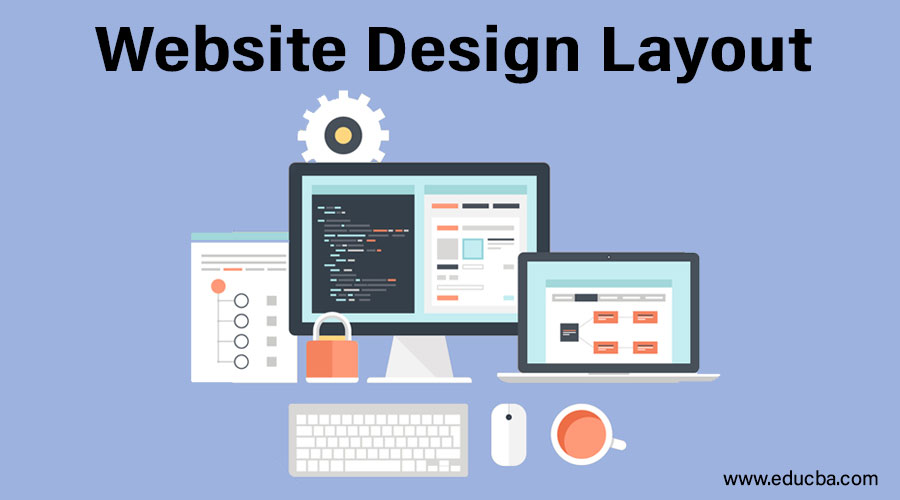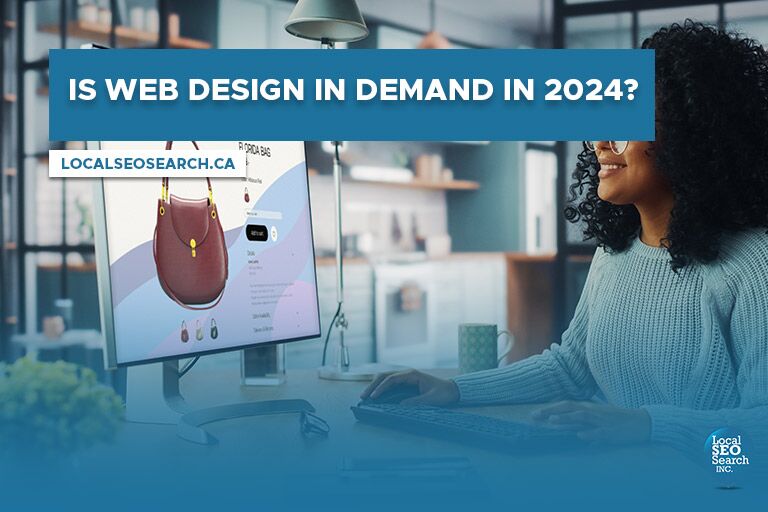Website Design in copyright: Combining Creativity and Functionality for Your Site
Wiki Article
Achieve Online Success With User-Friendly Site Layout
In the significantly competitive digital landscape, the style of a website can be a crucial element in figuring out a service's success. User-friendly style not just boosts the overall customer experience yet also influences key metrics such as interaction, retention, and conversion rates.Significance of Customer Experience
Individual experience (UX) plays a critical function in the success of a site, as it straight affects user satisfaction and engagement. A favorable UX makes sure that site visitors can navigate the site easily, access information rapidly, and full wanted activities, such as making an acquisition or signing up for an e-newsletter, without irritation.
In an electronic landscape where competition is tough, an internet site that focuses on UX can dramatically improve brand name loyalty and retention. Users are more most likely to return to a website that uses a smooth experience, creating a cycle of repeat brows through and increased consumer lifetime worth. Effective UX layout can decrease bounce prices, as individuals are less inclined to leave a website that fulfills their demands successfully.
Furthermore, search engines significantly take into consideration individual experience variables when ranking websites. Aspects such as web page load speed, mobile-friendliness, and intuitive navigation can impact a website's visibility in search results page. By concentrating on UX, services not only enhance customer communications however also boost their online presence and reputation. Thus, spending in individual experience is essential for attaining long-lasting success in the electronic industry.
Trick Principles of User-Friendly Design
A successful user-friendly style rests on several vital concepts that improve use and availability. Is simplicity; a clutter-free interface makes it possible for individuals to browse effortlessly, decreasing cognitive tons. This principle highlights the importance of clear and concise content, enabling customers to locate details promptly without unneeded distractions.Uniformity is an additional crucial element. Constant use shades, designs, and font styles cultivates knowledge and constructs trust. Users need to really feel comfortable as they discover various sections of the website, understanding that comparable elements indicate related capabilities.
Efficient typography also plays a critical role in user-friendly style. Legible font styles, proper sizes, and ample spacing guarantee that web content is conveniently understandable throughout various devices. Moreover, including instinctive visual hierarchies aids users determine essential information and actions at a look.

Essential Functions for Navigating
Effective navigating is crucial for any type of easy to use web site, as it directly affects the total customer experience. A well-structured navigation system permits customers to locate information promptly and successfully, decreasing stress and increasing interaction.One necessary attribute is a intuitive and clear menu that categorizes content practically - website design copyright. This menu should be easily accessible from every web page, frequently positioned at the top or on the side of the internet site. Additionally, incorporating breadcrumb navigating helps individuals recognize their area within the site hierarchy and makes it simpler to backtrack
Search functionality is another important element, enabling users to find details web content without filtering through several pages. This function ought to be prominently shown and responsive to variants in input.
In addition, a mobile-responsive layout guarantees that navigation continues to be smooth across gadgets. As mobile usage remains to climb, food selections must adjust to different display sizes without compromising functionality.
Last but not least, aesthetic hints such as highlighting the energetic web page and utilizing hover effects can improve customer communication. By incorporating these necessary functions, website designers can produce a navigational experience that is not only user-friendly however additionally urges exploration and retention.
Accessibility Factors To Consider
Availability factors to consider are important to developing an user-friendly web site that accommodates all people, no matter their capabilities or disabilities (website design copyright). Websites need to be created to guarantee that users with aesthetic, auditory, cognitive, or motor problems can engage with content successfully. This begins with adherence to the Internet Web Content Accessibility Standards (WCAG), which offer a framework for making electronic web content more availableKey practices include using detailed alternate text for images, guaranteeing color contrast Learn More Here ratios meet availability requirements, and giving subtitles for multimedia aspects. In addition, the navigation ought to be user-friendly, allowing customers to tab through links and interactive aspects easily. Executing key-board navigating is important for those incapable to utilize a mouse.
Furthermore, clear and concise language improves understanding for users with cognitive restrictions. Forms must be simple, with tags and guidelines that are simple to recognize. Regular availability testing, consisting of customer comments from people with disabilities, can help improve and identify barriers functionality.
Measuring Style Success

User comments surveys and functionality screening are important in evaluating the effectiveness of design components. These approaches permit designers to collect straight input from customers, identifying discomfort points and locations for improvement. Furthermore, tracking heatmaps can expose where individuals click most frequently, helping to educate design modifications and material additional resources prioritization.
Analytics devices play a necessary duty in gauging layout success by offering data-driven insights. Google Analytics can track customer actions, revealing patterns that indicate whether the style is promoting or preventing the customer trip. Ultimately, a successful web site design not only fulfills business goals but additionally cultivates a delightful and smooth individual experience, driving interaction and commitment over time. Regularly taking another look at these metrics makes sure that the site evolves in placement with individual needs and market ideal techniques.
Verdict
Finally, straightforward site layout is vital for achieving on-line success. Focusing on user experience through simplicity, instinctive navigating, and effective feedback systems not just improves customer engagement and contentment however additionally cultivates brand loyalty. Integrating necessary navigation features and ease of access considerations further makes certain that all customers can effectively engage with the website. Ultimately, measuring layout success provides useful understandings that guide continual enhancement, strengthening a solid on-line visibility in a competitive digital landscape.Websites must be created to make sure that customers with visual, auditory, cognitive, or motor impairments can engage with content efficiently.Determining style success includes assessing how efficiently an internet site satisfies its intended objectives while supplying a favorable user experience. Google Analytics can track customer behavior, disclosing patterns that indicate whether the layout is assisting in or impeding the individual journey. Inevitably, a successful internet site style not only meets service purposes but also promotes a smooth and enjoyable customer experience, driving interaction and loyalty over time. Prioritizing customer experience via simpleness, instinctive navigation, and effective responses mechanisms not just boosts individual engagement and satisfaction but also fosters brand commitment.
Report this wiki page